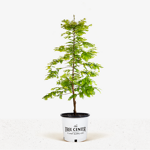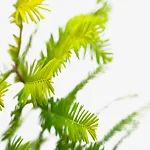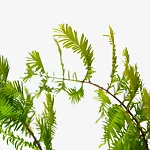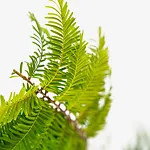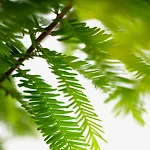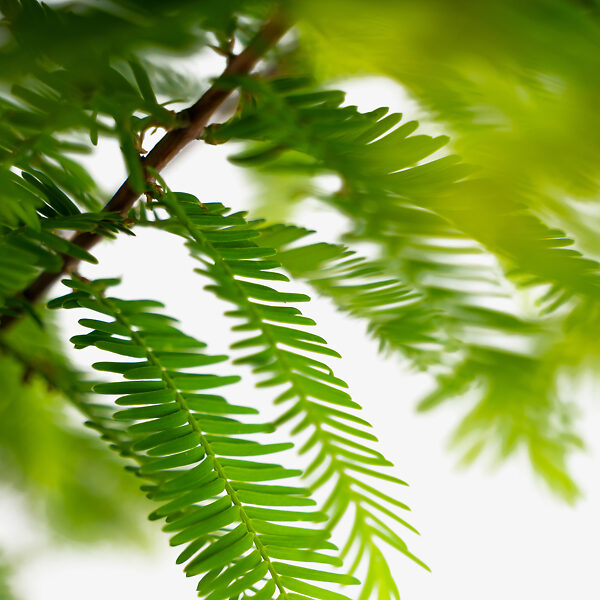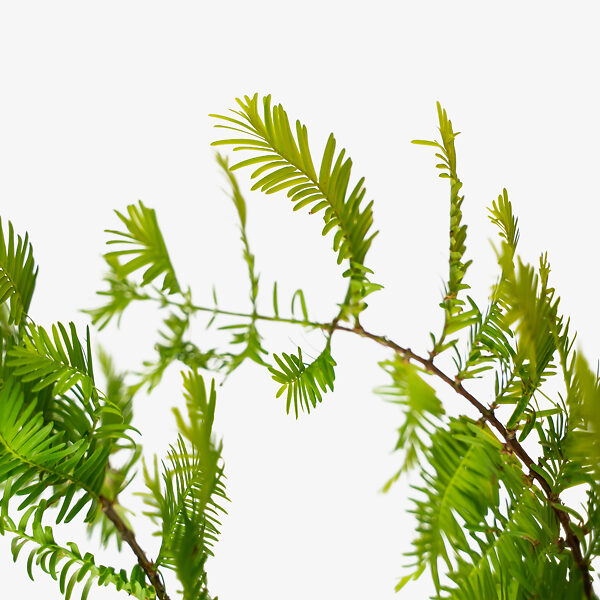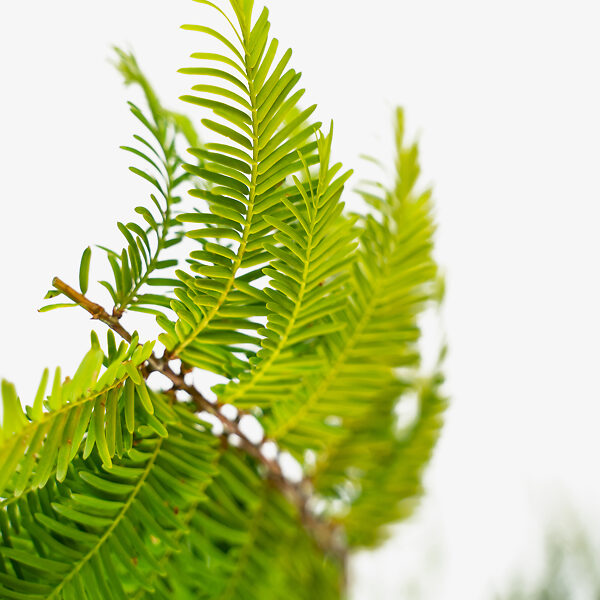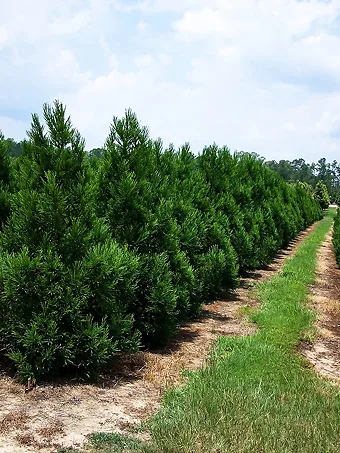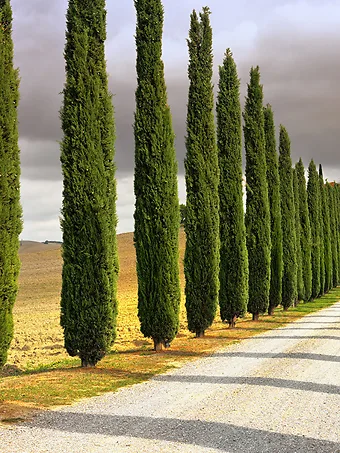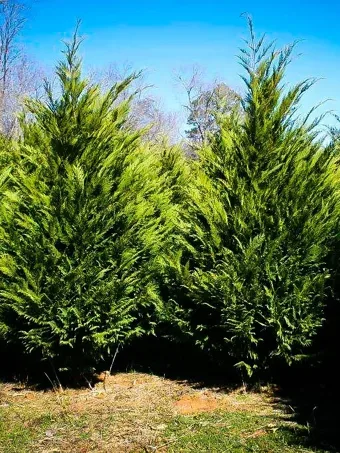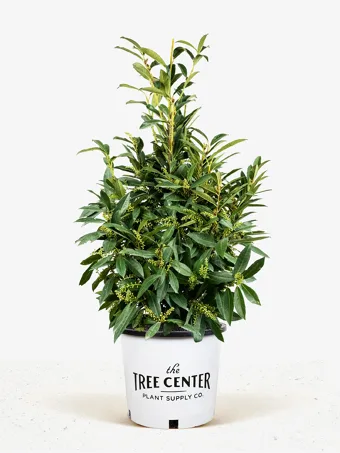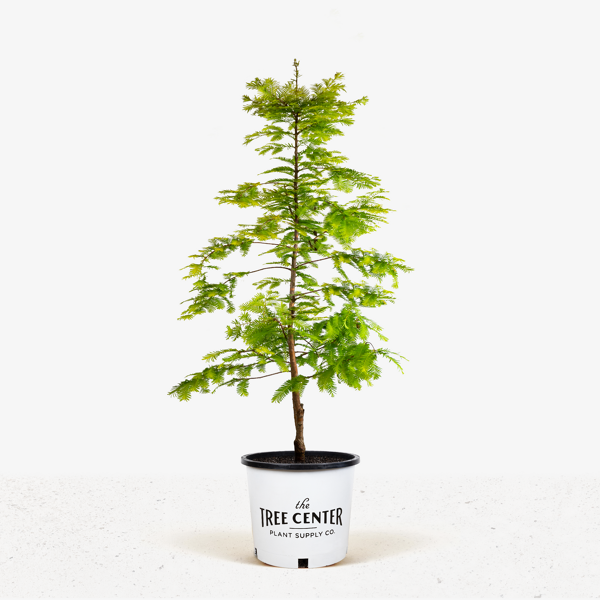
Dawn Redwood
Metasequoia glyptostroboidesView more from Other Shade Trees
Dawn Redwood
Metasequoia glyptostroboides
30 day - ARRIVE AND THRIVE™ guaranteeLearn more


Special Features

Botanical Name
Metasequoia glyptostroboides
Outdoor Growing zone
4-8
Mature Height
40-50
Mature Width
20-30
Sun needs
Full Sun, Partial Sun
The Dawn Redwood is perhaps one of the most interesting fast-growing trees available. It grows around 2 feet a year and it will rapidly grow to a great height, eventually reaching 70 to 100 feet tall, with a spread of perhaps 25 feet across. It is a needle-tree, like spruce or pine, but unlike them it loses its leaves during the winter, so it will not throw the heavy winter shade that can be a problem with evergreen trees. It grows from zone 5 to zone 8 in most soils, preferring damp soil but tolerating both flooding and some drought. It has no significant pests and makes a beautiful addition to the garden as a specimen tree or a screening tree. It looks very effective by water and in damp soil where many other trees will not do well.
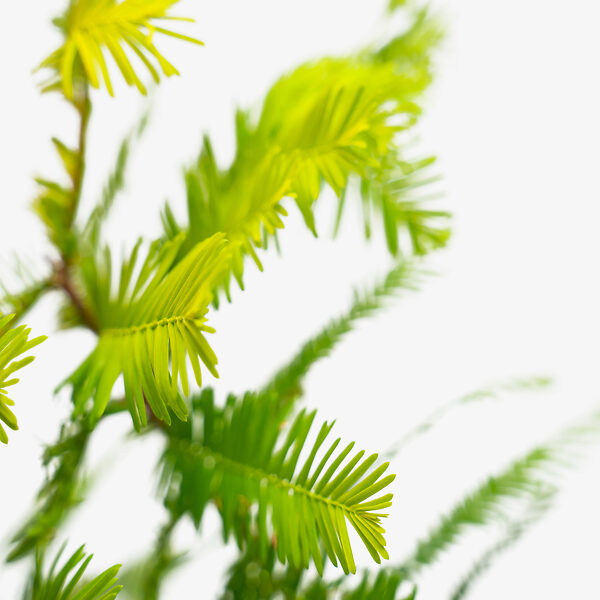
There are quite a lot of choices available for fast-growing trees, but few are as beautiful or interesting as the Dawn Redwood. This tree comes from China and just 60 years ago it was thought to have been extinct for millions of years. Its discovery caused a sensation and when it turned out to be a tree that was not only stunningly beautiful but fast growing and tolerant of a wide variety of conditions it soon became a ‘must have’ for many gardeners. Since it is a large tree it is not suitable for small gardens, but if you have a larger garden or property – especially one with a pond, stream or just damp areas – this is an ideal tree to plant. It is tolerant of air pollution and urban conditions too, so it can on city properties too. It also makes a beautiful bonsai tree.
Our Dawn Redwoods are grown from seed taken from the original trees brought back from China, so they are true to the form and type of this fascinating living fossil. We constantly receive new stock, but because of high demand for this special plant shortages can occur. Order your Dawn Redwood now to avoid missing out on this amazing tree.
Growing Dawn Redwood Trees
The Dawn Redwood makes a spectacular single specimen tree or planted in a small group of 3, 5 or 7 trees if space is available. It can also be planted in a row as a beautiful screen or wind-break and can even be clipped into an amazing soft hedge of any height needed. It looks especially effective beside water, so it is an ideal choice if you live on a stream, river or lake. Because it grows 2 feet a year you will not have long to wait for this tree to reach a good size. Another benefit is that it has no pest or diseases it is a very low maintenance tree.
Size and Appearance
The Dawn Redwood is a close relative of the Giant Redwoods found in California, but it does not reach their enormous size. It grows as much as 2 feet a year to quickly become a tree that is 70 to 100 feet tall, but only 15 to 25 feet wide. Like many other needle-trees, it has a strong central trunk with smaller branches growing to the sides, so it makes a tall conical tree. The needles are very soft to the touch and almost fern-like. They are arranged in two rows on small twigs that drop with the leaves in fall. The foliage is a soft light-green in spring when it first appears, turning darker green in summer. In fall the tree is a beautiful sight when the leaves turn shades of bronzy-red before falling.
The trunk is straight and as the tree becomes older it flares out at the base and develops attractive ridges, looking like columns growing together. The bark is a soft beige-brown color and slightly flaky. The lower branches are retained for a long time, unless the tree is shaded, but they can be pruned off for clearance if needed. Small cones less than an inch long are produced by older trees.
Planting and Initial Care
To plant your Dawn Redwood tree, choose a suitable spot with enough space for the tree to mature. Allow 12 to 15 feet clearance from buildings and walls and plant well clear of overhead power and telephone lines. If planting in a group, allow 15 to 20 feet between each plant if you want to keep the lower branches growing. For a hedge, space the plants 6 feet apart.
The tree requires full sun for at least 6 to 8 hours of the day and continuous full sun is preferred. Add some organic material to the planting area to give your tree a good start. Dig a hole three times wider than the pot, but about the same depth and place your tree so that the final soil level will be the same as it was in the pot. Replace most of the soil around the roots and firm it down well. Fill the planting hole with water and when it has all drained away replace the rest of the soil. Water your new tree once a week during the first year and then only when the soil begins to become dry. If you have planted your tree in damp soil it will rarely if ever need watering.
History and Origins of the Dawn Redwood
Everyone is familiar with the Redwood trees of California and many people will have seen those forest giants. Today they exist in very limited areas and of the three known species, one, the Dawn Redwood, Metasequoia glyptostroboides, was only known from fossils. 50 million years ago the world was a very different place. North American was like Florida today almost to the North Pole. Those warm northern areas were covered in Dawn Redwoods, which dropped their leaves during the Arctic dark period even though it was not especially cold.
It was thought that this species became extinct when the climate became colder, and there are many fossils of these trees found all over the Arctic. In the 1940’s a small group of Dawn Redwoods was discovered in south-west China and in 1947 the Arnold Arboretum of Harvard University brought seeds back to America. Those seedlings were distributed around the world and caused a sensation as ‘living fossils’. Their beauty was also soon appreciated by gardeners, making this a popular large tree as well as an interesting curiosity to grow in your garden. Several thousand trees have since been discovered growing wild in remote areas of China.
